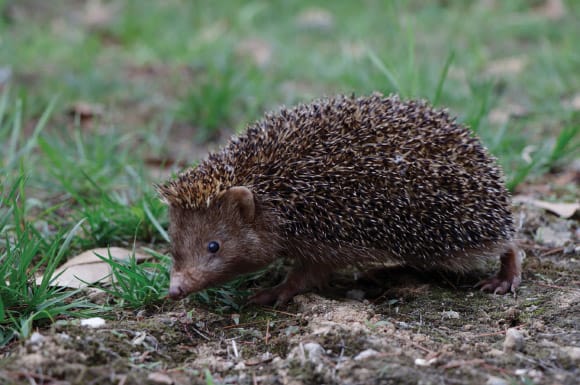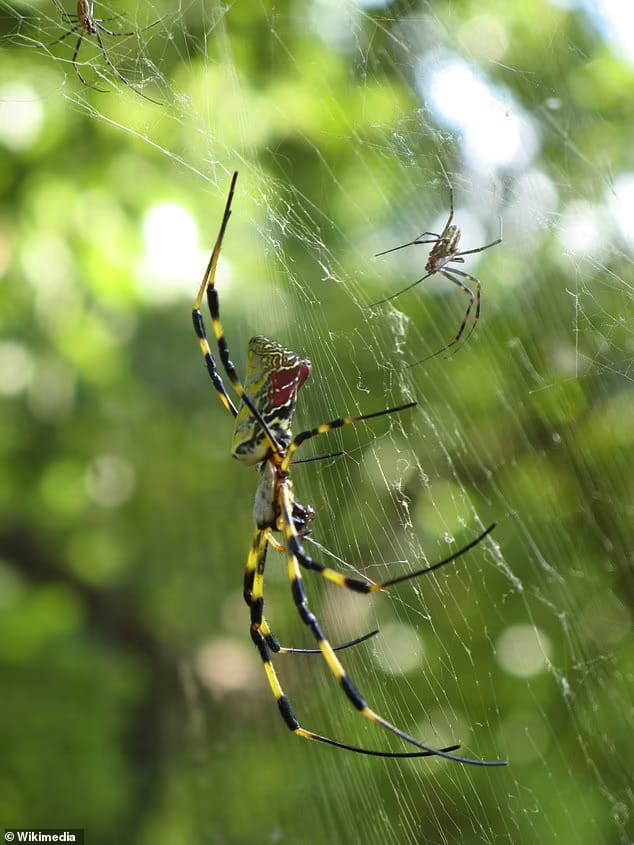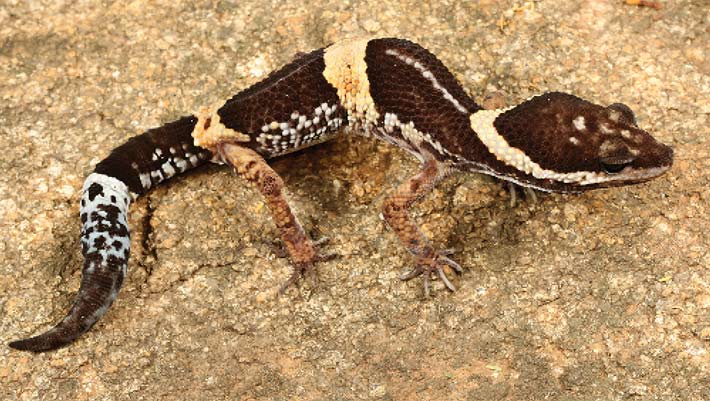A team of paleontologists from China, the United States and South Africa has described a new species of a feathered dinosaur that lived in what is now northeastern China during the Cretaceous period, about 125 million years ago.
The new dinosaur, named Changyuraptor yangi, belongs to Microraptoria – a specific group of predatory four-winged raptorial dinosaurs.
These dinosaurs are dubbed ‘four-winged’ because the long feathers attached to the legs have the appearance of a second set of wings. The long feathers attached to the legs and arms of these creatures have led some scientists to propose that the four-winged dinosaurs were capable of flying.
At 1.3-meter-long, Changyuraptor yangi is the biggest of all four-winged dinosaurs.
Its well-preserved fossil was unearthed in the Liaoning Province of northeastern China.
According to a paper published in the journal Nature Communications, Changyuraptor yangi sported a full set of feathers cloaking its entire body, including the extra-long tail feathers.
“At a foot in length, the amazing tail feathers of Changyuraptor yangi are by far the longest of any feathered dinosaur,” said co-author Dr Luis Chiappe from the Natural History Museum of Los Angeles County.
The paleontologists believe that the discovery consolidates the notion that flight preceded the origin of birds, being inherited by the latter from their dinosaurian forerunners.
Co-author Dr Alan Turner of Stony Brook University said: “numerous features that we have long associated with birds in fact evolved in dinosaurs long before the first birds arrived on the scene. This includes things such as hollow bones, nesting behavior, feathers and possibly flight.”
“How well these creatures used the sky as a thoroughfare has remained controversial. The new discovery explains the role that the tail feathers played during flight control. For larger flyers, safe landings are of particular importance.”
“It makes sense that the largest microraptorines had especially large tail feathers – they would have needed the additional control,” explained co-author Dr Michael Habib from the University of Southern California.

_____
Gang Han et al. 2014. A new raptorial dinosaur with exceptionally long feathering provides insights into dromaeosaurid flight performance. Nature Communications 5, article number: 4382; doi: 10.1038/ncomms5382
This article was first published by Sci-News.com. Lead Image: Life reconstruction of Changyuraptor yangi. Image credit: S. Abramowicz / Natural History Museum of Los Angeles County.
What you can do
Support ‘Fighting for Wildlife’ by donating as little as $1 – It only takes a minute. Thank you.
Fighting for Wildlife supports approved wildlife conservation organizations, which spend at least 80 percent of the money they raise on actual fieldwork, rather than administration and fundraising. When making a donation you can designate for which type of initiative it should be used – wildlife, oceans, forests or climate.







Leave a Reply